This skips about a bit I'm afraid, I've got to the point where the hardware is just about complete and I'm tidying up the last major solutions before I get into heavy coding, although that has begun...
I'm also working with Ars on his ZeroPhone documentation, so between code, electronics and artwork the rigging is beginning to creak. ;-)
First up, power train.
I've taken a large flat round magnet and stuck two cardboard discs onto the faces. Then its liberally covered with copper tape to give it a fully conductive skin. This comprises a prototype battery mount, made by rolling paper round the cells and magnet after applying a little glue. The battery is solid and makes a decent contact, but pulls apart easily.
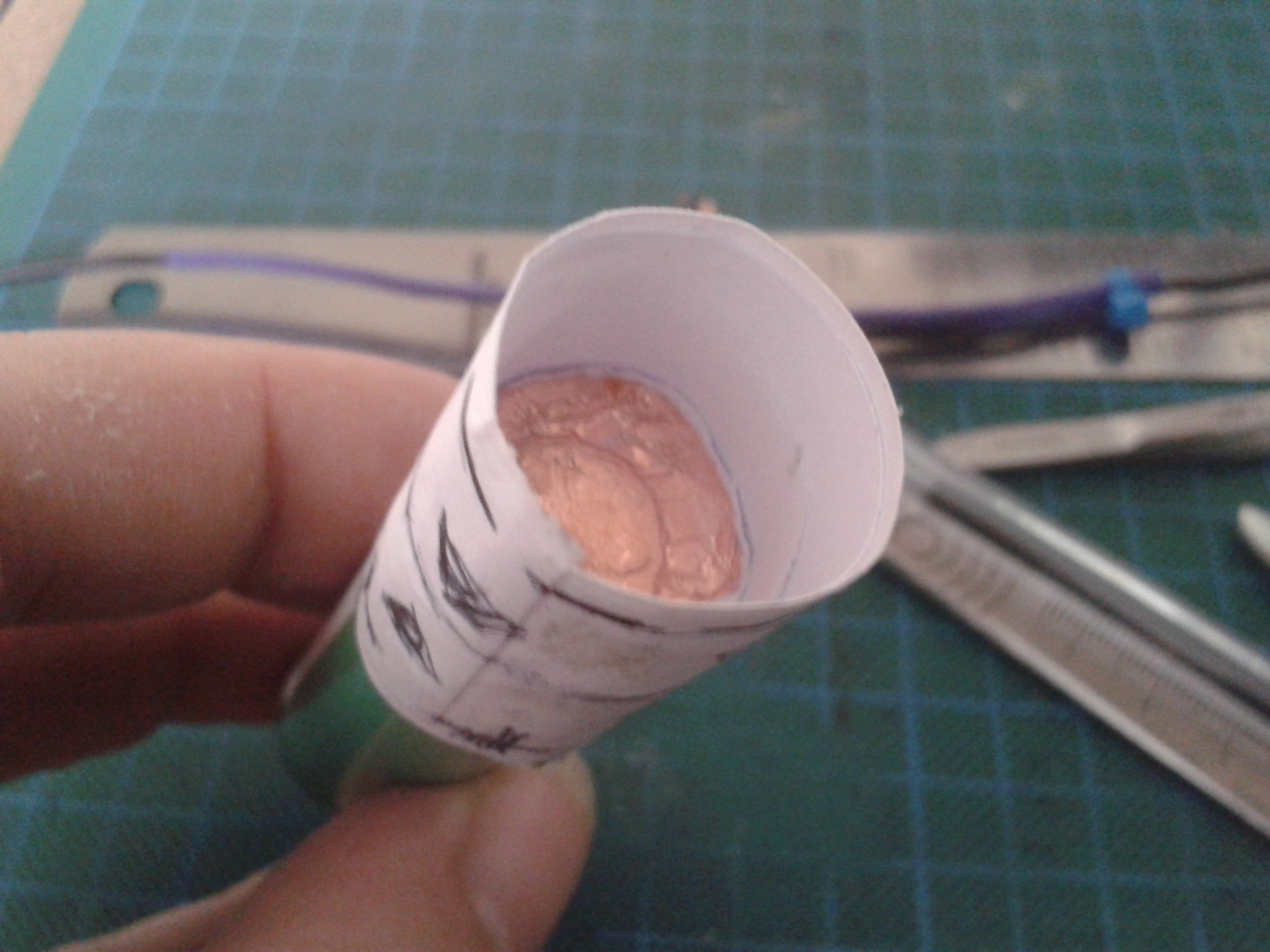
Following the theme of magnetics the battery snaps are also self setting. These are made with a spade terminal stuck to a magnet and then layers of copper soldered to the crimp (Quickly... Neodymiums denature and lose their magnetisation if you get them really hot...) before enclosing it all with a boot made of shrink tube with a hole cut in the edge.
They just adhere to the battery and make a perfect contact. I'll make caps to fit the ends better eventually.
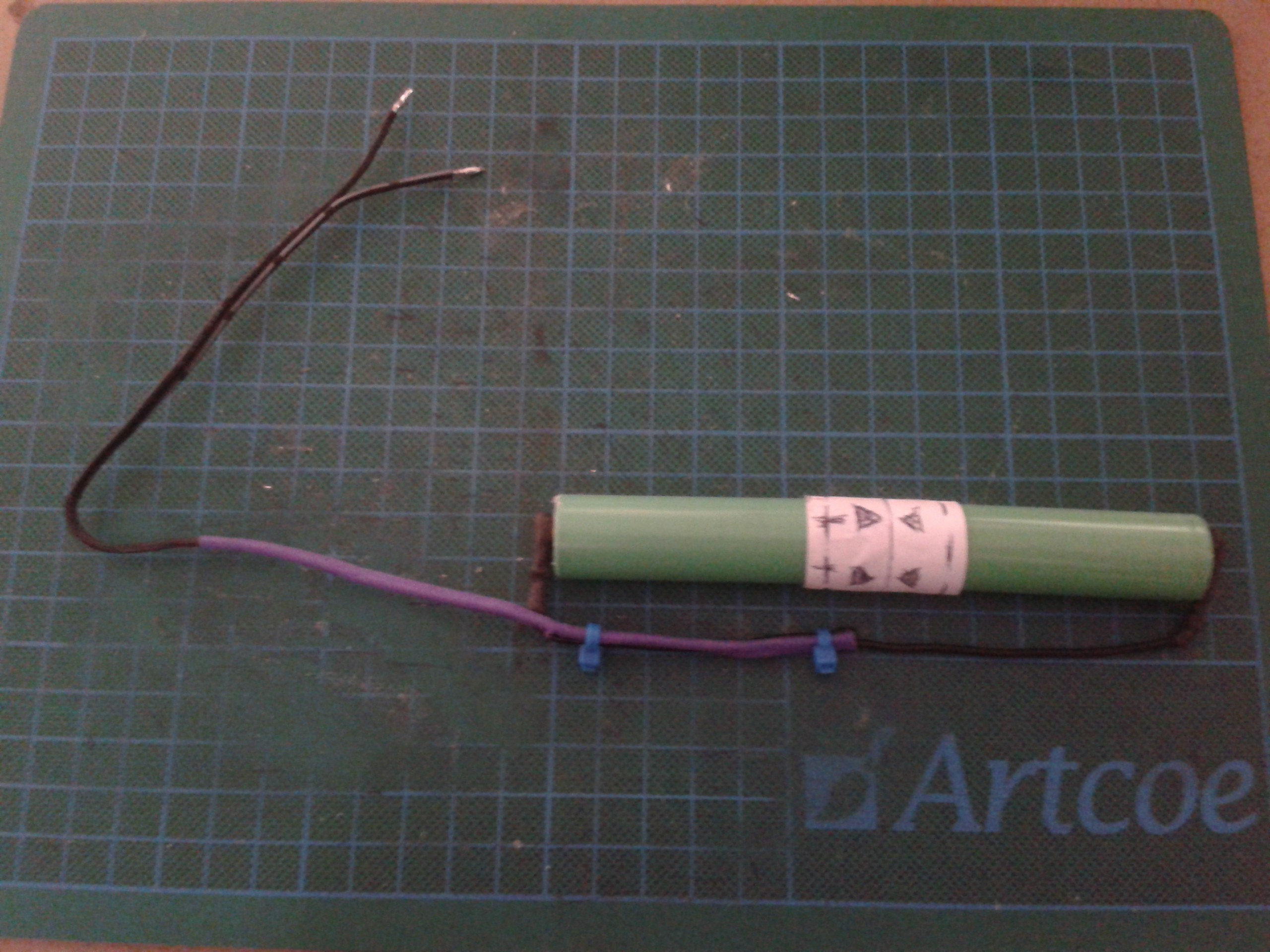
The servos need 6v and there's ten of them, it will probably cook one regulator so each leg has its own. I didnt have a spare 5v regulator for the brain so the separate regulator with the large boot on it is a LM317t with a resistor divider on a bit of board. They are all 1.5a so they should be enough.
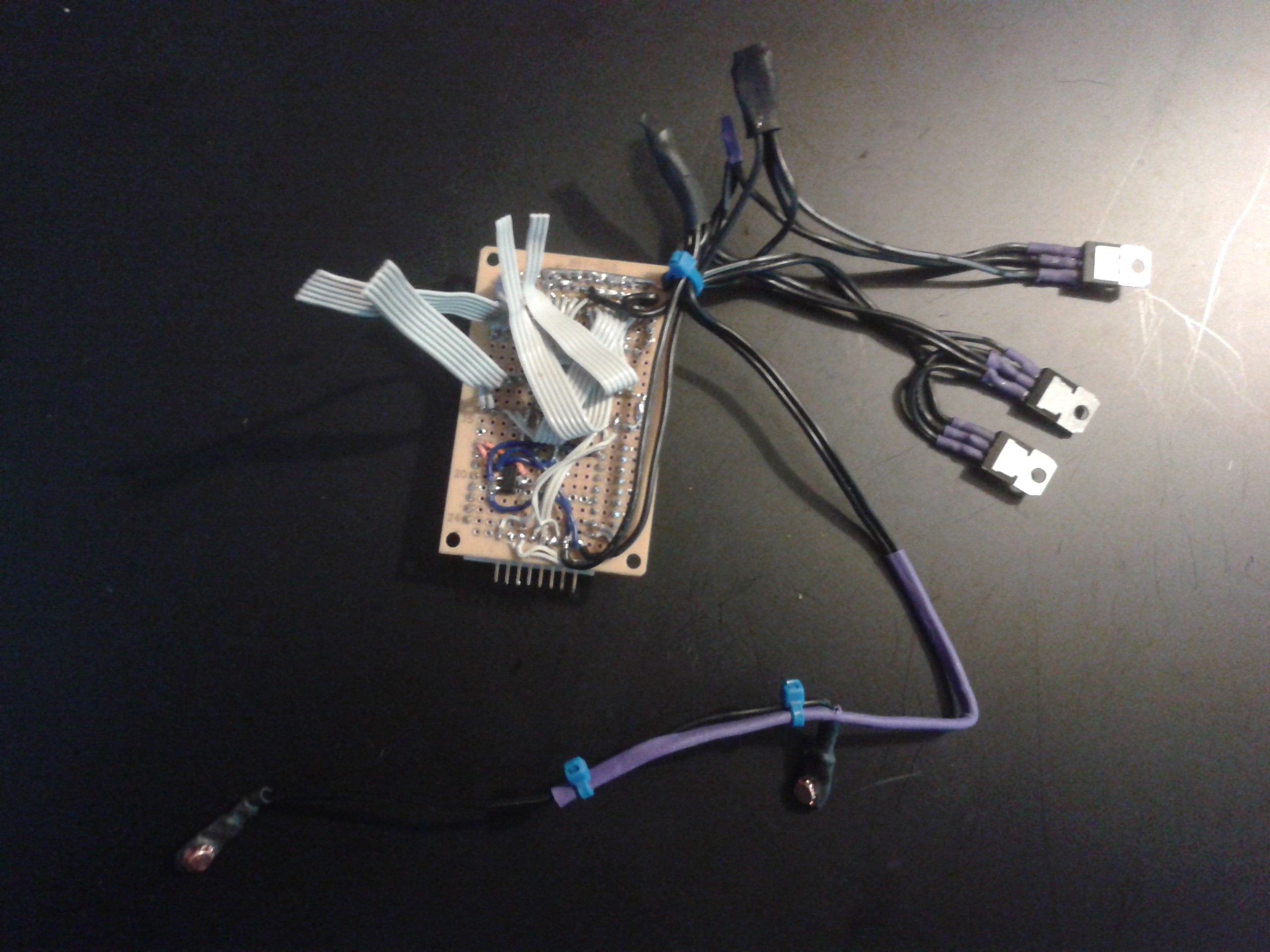
The hips
Plugging the tops of the hip bearing tubes proved easier than expected. I rolled up a piece of card really tight and stuffed it in the end of the tube until it jammed. Then I cut it off with a pair of sharp snips, nibbling round it until it went through. This left a furry mess, but a trim and 5 or 6 drips of superglue later its solid plastic, as the cyano wicks into the card and bonds it all solid. Be careful with thin cyano, this will get hot...
It doesnt require drilling, just start a screw with a sharp point and it winds in there like a champ.

The tops of the bearing tubes are faced with a foiled surface, I cut out the tube tops with a scalpel as this is all on-the-fly and not designed in the computer and printed off. Note the servo box, this took a bit of lateral thought as the original flapped around, being an open-topped box. The lid braces the servo as well as stabilises the walls.
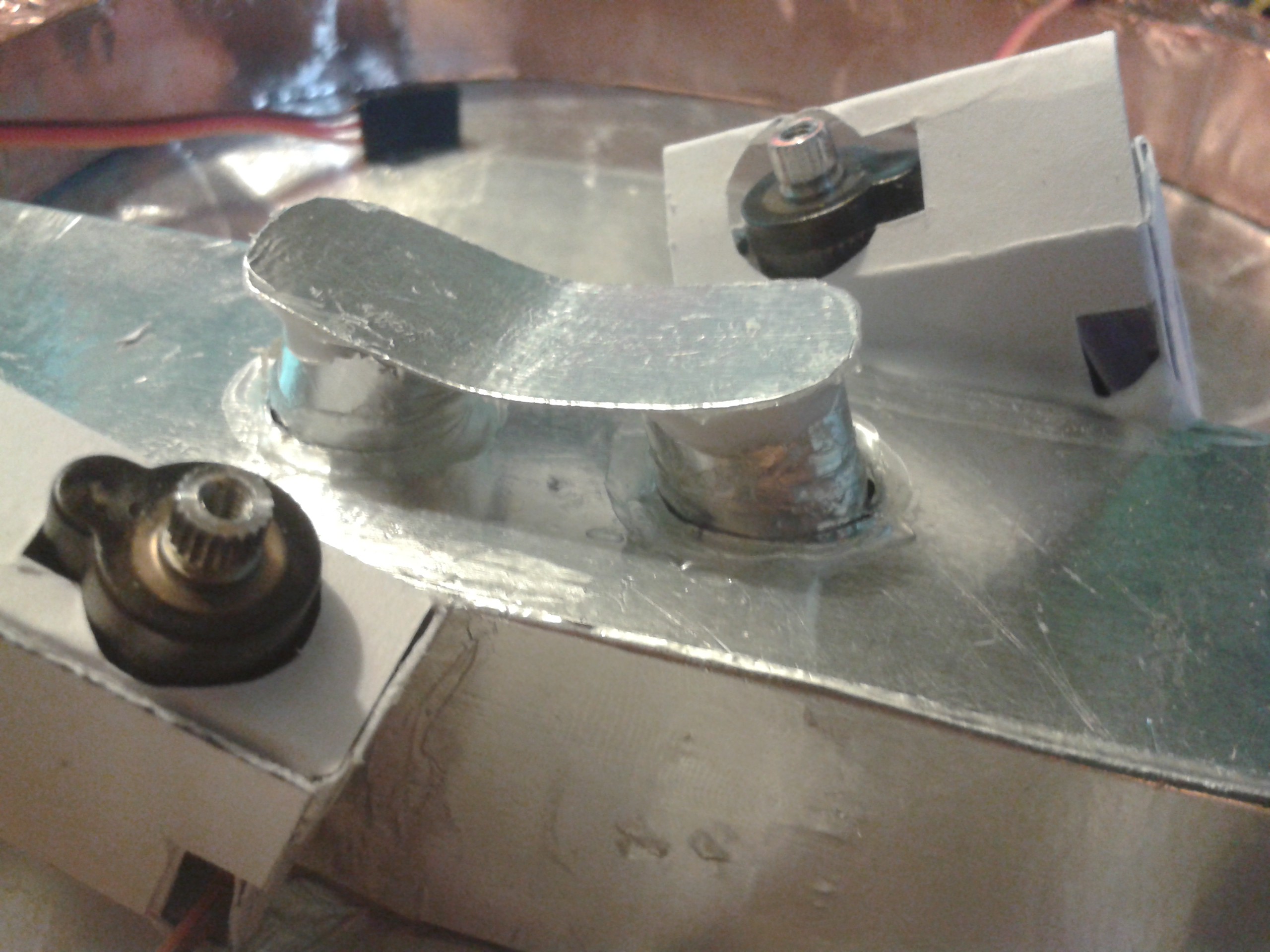
They have simple levers to drive the tops of the hip bearings. Ewww... Flapping canvas... That mechanism is older than I am, and both the servo and tube rotate in the same plane. Why are servos still boxes with levers? Bah!!! I cant make those tiny gear trains or I'd have hacked them a *long* time ago. ;-)

It works, however overly complicated it may be.
Both the lever parts are made by folding card into a zig-zag with 4 layers and soaking with superglue. They may as well be plastic, they behave like polycarbonate - flexible to a point but extremely stiff and strong. Also greaseproof, like plastic is and card isnt...
I'm going to use this in all the servo mounts across the system as it solves the problem of screwing those down securely.

The servo box has been redesigned to have several layers for strength and mounts securely in the right place, lining up with the bottom of the chassis even though its just glued into place. Simply supergluing the servo tabs together is enough to make them rigid; they also have three layers and a vertical brace.
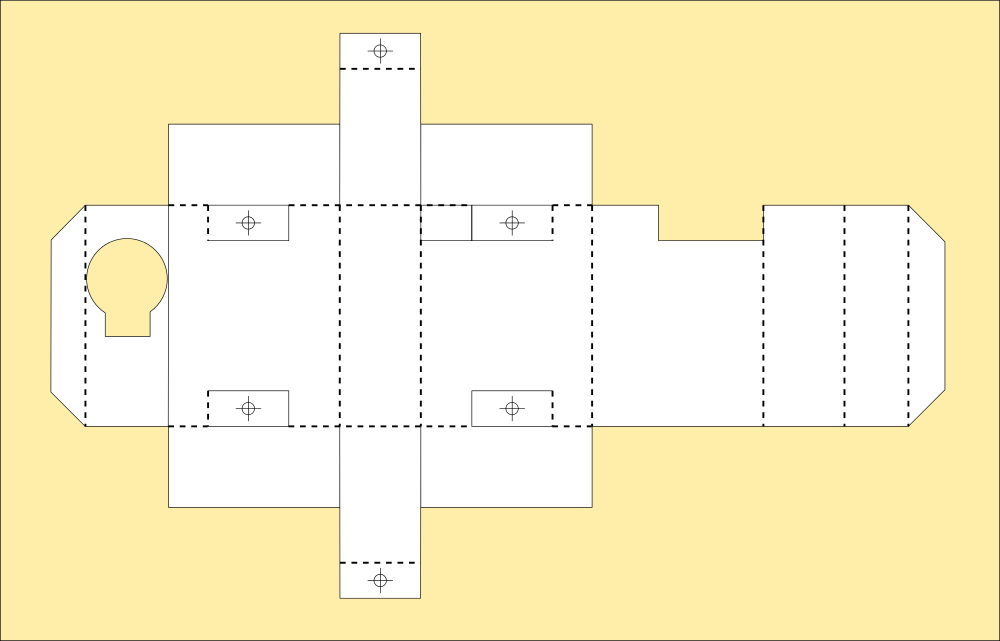
Next up, coding the OS and getting some movement out of it...
 Morning.Star
Morning.Star
Discussions
Become a Hackaday.io Member
Create an account to leave a comment. Already have an account? Log In.
Random thought of a couple days made me think about your "origami"... the vast majority of man-made things are two-dimensional (with wrapping/folding), eh? Nature makes solid stones, man makes hollow vehicles. Solid trees, hollow houses. Solid creatures, hollow robots with hollow parts therein. Seldom combos thereof (From a single material). The engine block may have solidities, but the much larger car's frame is almost entirely made up of 2d surfaces bent-around. Anyways, random observation you might find interesting, or've already pondered ;)
Are you sure? yes | no